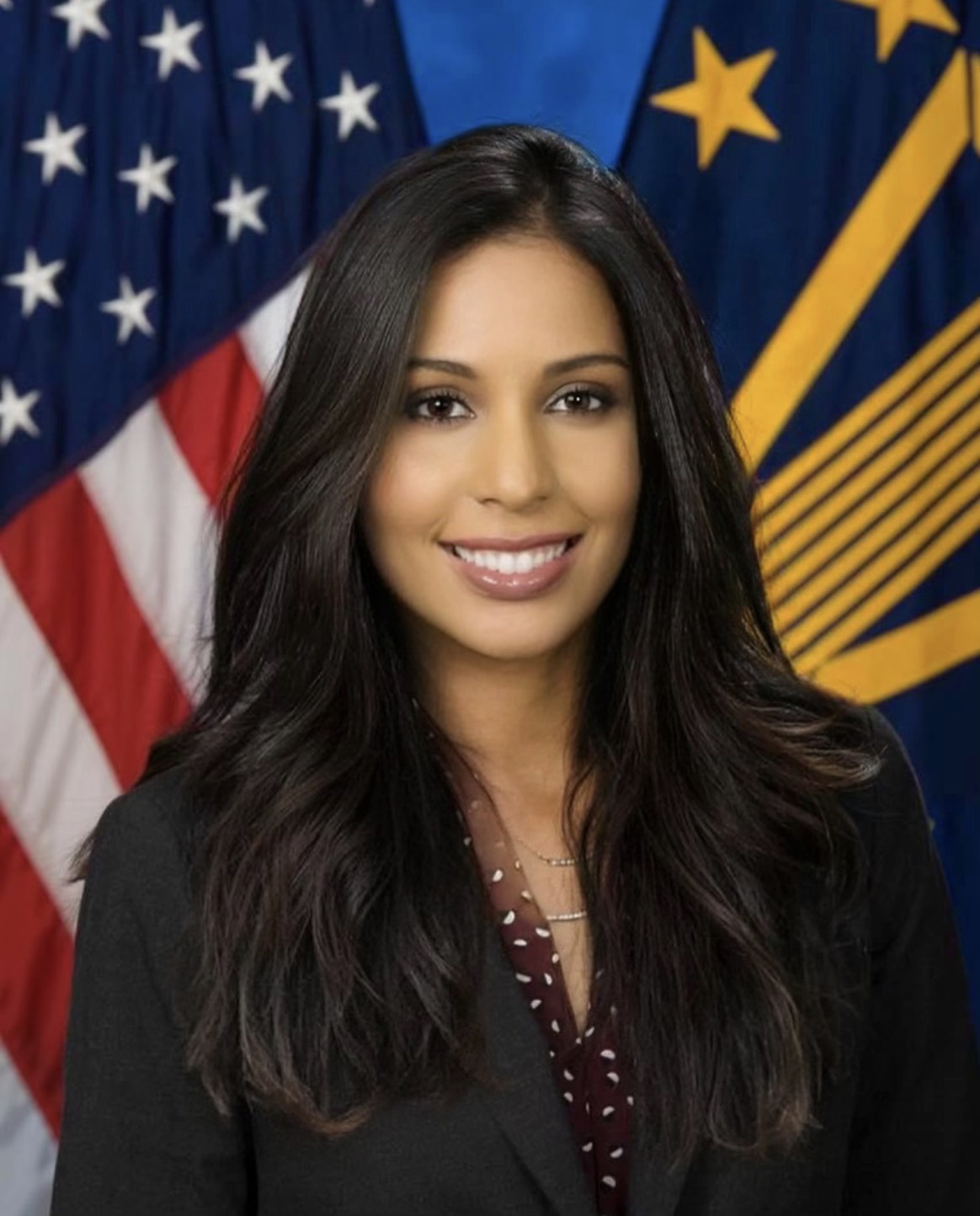VA Homeless Programs
Message from Monica Diaz, Executive Director, VHA Homeless Programs Office
February 2024

Last month, I began this message by saying that no one’s journey into homelessness is the same. Today, I’d like to focus on one of the major factors that can affect that journey—race.
There is no better time to visit this topic than during Black History Month, as Black Veterans, along with other minority groups, are overrepresented in the homeless Veteran population.
We shared some of the eye-opening stats on this month’s Ending Veteran Homelessness podcast.
Black Veterans make up about 12% of the overall Veteran population, but 31% of homeless Veterans. That means in a room full of 100 Veterans, 12 would be Black. But if you took that same room and instead filled it with 100 homeless Veterans, 31 of them would be Black.
We can’t ignore these facts. We can’t look at Veteran homelessness through a colorless lens and expect equitable outcomes.
Here at VA, we need to explore ways to better serve the historically underserved and ensure that every Veteran—no matter the color of their skin—has the same access to VA services, resources, and care. If we’re truly going to end Veteran homelessness, we need to do it for all Veterans.
There’s a common misconception that racial equity is about treating everyone the same.
While we do treat every Veteran who comes through our doors with compassion and respect, equity is not about treating everyone equally. Equity provides tailored solutions to each person and situation. It gives everyone what they need to be in the same starting position.
For homeless Veterans who come from a minority group that’s been underserved, and sometimes even intentionally denied services, that may mean giving more assistance and resources to have them arrive at the same baseline.
We are working hard to ensure that no Veteran is at a disadvantage because of their race when it comes to accessing housing.
To support this, we include racial equity in our strategic planning and goals. Several years ago, we put together a working group on racial equity and racial justice led by frontline staff with input from Veterans themselves.
The group is charged with examining how we can improve racial equity in our work, training homeless programs staff on cultural competence, and providing mentorship opportunities. The group also collects data on who is accessing our services and resources, then works with staff at our medical centers to ensure they are reaching Veteran populations equitably.
I can’t say it better than Dr. Carmela Daniels, diversity, equity, and inclusion program specialist on special assignment in the Homeless Programs Office.
“I want Veterans to know that we are going to continue to be intentional about this work and that we see them and that we know that they are there,” said Dr. Daniels on our most recent Ending Veteran Homelessness podcast. “We're going to continue to identify the spaces that we need to serve them better.”
This month, I encourage you to take a listen to this insightful podcast episode to hear more from Dr. Daniels and other experts about what equity is, some of the unique challenges that minority Veterans face, and why equity is critical to providing housing and supportive services.
















